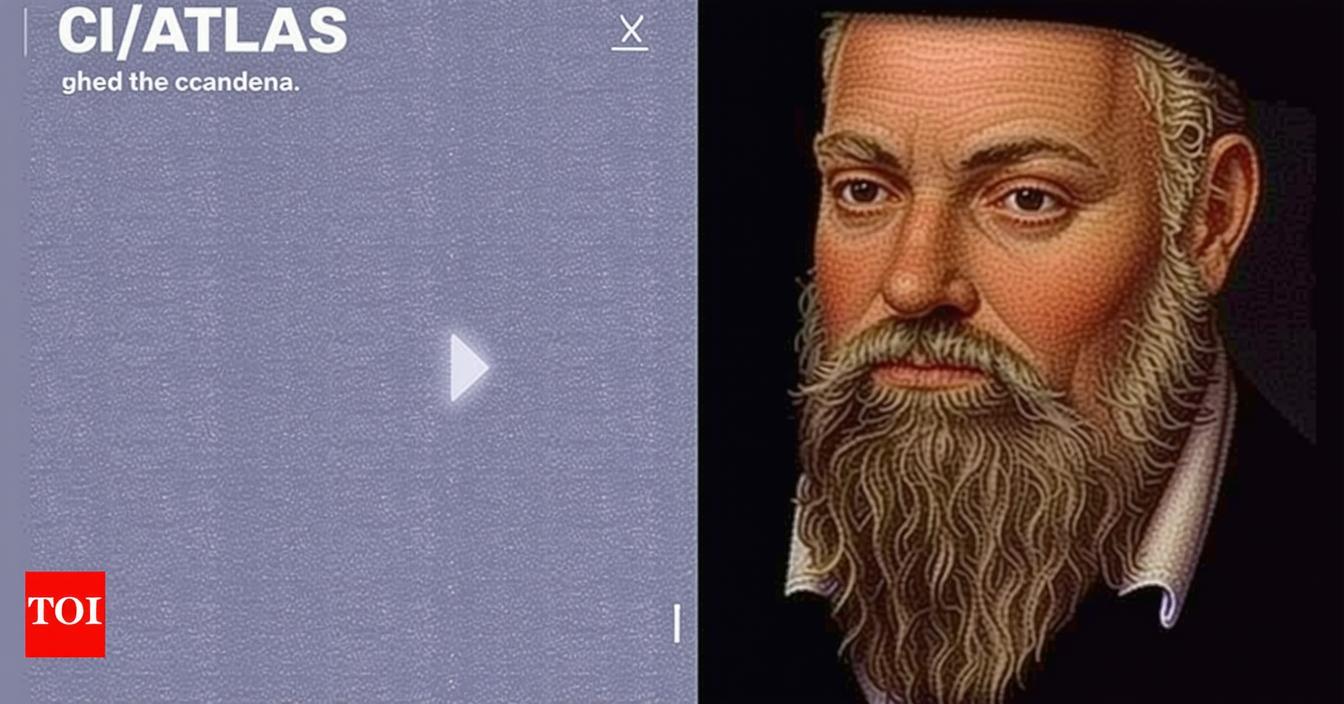Interstellar Visitor 3I/ATLAS: A Cosmic Encounter in 2025
The year 2025 marks a significant event as astronomers have identified the approach of the interstellar object 3I/ATLAS towards Earth. This discovery has captivated both scientists and the general public, sparking discussions about its unique path and characteristics. The timing of this event has also led to intriguing debates about its potential links to the age-old prophecies of Nostradamus.
Although experts assure that 3I/ATLAS poses no threat to our planet, its arrival has reignited interest in the intersection of ancient predictions and contemporary science. This phenomenon underscores humanity’s perpetual curiosity about the cosmos and how historical texts continue to inspire both scientific exploration and public discourse on the universe’s mysteries.
Unveiling 3I/ATLAS: Characteristics of a Rare Interstellar Object
Discovered on July 1, 2025, by the Asteroid Terrestrial-impact Last Alert System (ATLAS), 3I/ATLAS is the third confirmed interstellar object, following ʻOumuamua in 2017 and 2I/Borisov in 2019. Unlike typical solar system bodies, this object originates from beyond our solar system and will depart permanently after its brief visit. NASA has projected its closest approach to the Sun on October 29, 2025, with its nearest point to Earth being 1.8 astronomical units, or about 168 million miles, in mid-December 2025.
Astronomers have noted several intriguing features of 3I/ATLAS, including its fluctuating light patterns and complex structure, suggesting a potentially unique composition. Harvard astrophysicist Avi Loeb has emphasized the importance of studying these characteristics, which may raise questions about its natural or possibly artificial origins. The European Space Agency (ESA) has observed an unusual “anti-tail” effect, where sunlight reflects backward, creating a visual anomaly opposite to the typical comet tail. Despite its rarity, scientists confirm this is a natural phenomenon and poses no danger to Earth.
Nostradamus and the Enigma of 3I/ATLAS
According to the USA Herald, some historians and enthusiasts speculate that Nostradamus’ quatrains might have alluded to events like the arrival of 3I/ATLAS. One quatrain reads: “From the cosmos, a fireball will rise, a harbinger of fate, the world pleads. Science and fate in a cosmic dance, the fate of the Earth, a second chance.” These writings, known for their ambiguity and metaphorical nature, allow for diverse interpretations, capturing the public’s imagination as they attempt to connect ancient prophecies with modern astronomical occurrences.
Exploring the Intersection of History, Speculation, and Science
Beyond cosmic references, some of Nostradamus’ quatrains mention “a long war ending” and “a plague returning,” drawing parallels to current global issues. Another quatrain speaks of “a mysterious leader rising to form an aquatic empire,” which some enthusiasts link to underwater phenomena or UFO sightings. While these interpretations remain speculative, they highlight the enduring human fascination with prophecy and the unknown, especially when a tangible astronomical object like 3I/ATLAS is involved.
NASA and ESA have confirmed that 3I/ATLAS poses no threat to Earth. Scientists stress the importance of observing interstellar objects, as they provide valuable insights into planetary formation, cosmic materials, and the broader universe.
Read more about the 700-meter second fastest asteroid 2025 SC79 spotted inside Venus’ orbit.
